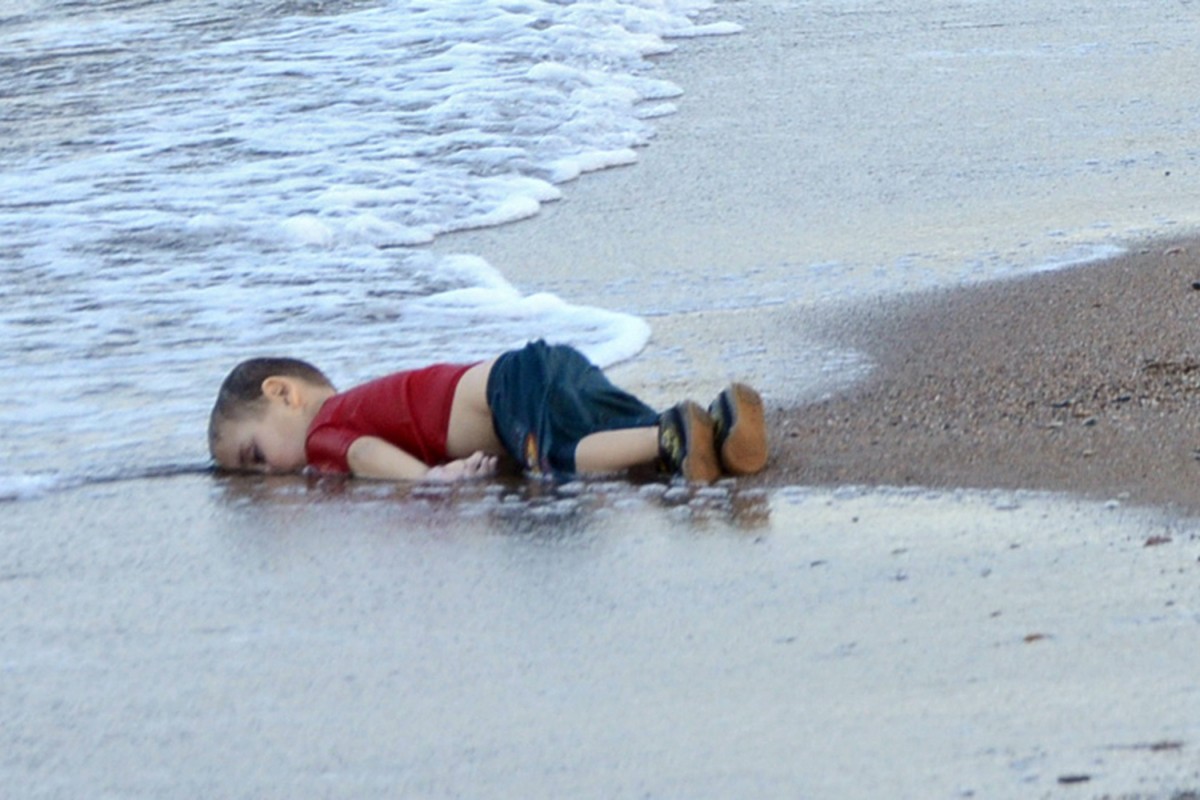
The ethics mantra in a professional setting is “doing your job and not causing unjust harm.” Meeting your professional obligations and ensuring that whatever harm may ensue from you doing your job is justifiable are required for you to remain ethical. This image would be considered an ethical issue as it displays a dead boy on a Turkish beach shortly after he drowned in the Mediterranean Sea while he and his family tried to reach England to escape Syria. This is an ethical issue because while the photographer was doing his job in taking the picture, the image of a dead child is upsetting and may be harmful to people viewing it. They may question why the photographer took the image and say it is disrespectful to the boy who died and his family. However, while the image is upsetting, some may say the harm caused would be considered justifiable as it brings to light the extremity of the Syrian Refugee Crisis and causes people to understand better what the refugees go through. This would then be in line with the Utilitarian approach when looking at the image from an ethical perspective as the benefits of taking the image outweigh the harm it might cause.

Reinforcing various stereotypes with images has existed for decades and it continues to do so in today’s world. Racial stereotypes against African Americans are common in images in the past and still today that reinforces racist and negative thinking towards them. I chose this image because it shows racial stereotyping towards African American in various ways. First it shows the son as disrespectful and in trouble with the law, reinforcing the belief that African Americans are lawbreakers and troublemakers. Then there is the father, who doesn’t know his son, is presumably drinking a beer, reinforcing the idea that African American males don’t raise their children and that most African American children don’t know their father. Finally, there is the apparel of both father and son: they both have no shoes, the son has dreads, and the father is in dirty apparel with an unclean beard. This reinforces the belief that African Americans can’t and won’t make anything of themselves and are and the bottom of society. Overall this image is filled with racial stereotypes showing how prevalent it still is within images.

Analogical codes are groups of signs that make the viewer of the image make a mental comparison between 2 things. The above picture is an example of analogical codes. The building in the picture is constructed in a way that, when looking at it from a certain angle, the viewer will see the face and front paws of a cat. I chose this image because it shows analogical codes very well and allows the reader to make a mental comparison between the building and a cat.

The concept of graphic movement is how an image, such as an advertisement, makes a person move their eyes to either the message or a product through the use of lines, slow curves, horizontal shapes, etc. The image above is an ad for ajax wipes which shows a cup of liquid being spilled and part of the spill being cleaned before all of it can hit the ground by presumably an ajax wipe. I chose this image because it uses graphic movement in the curve of the spill, which leads the eyes of the viewer to a picture of ajax wipes and the message of “Nothing’s Quicker. New Ajax easy lift out wipes. Take on mess single-handedly.” This is combined with the line of the cleaned portion of the spill, which leads the eyes of the viewer to the same image and message. It’s use of graphic movement makes the viewer move their eyes to the product and the message no matter if they follow the curve of the spill or the line of the cleaned portion of the spill.
Just another Longwood Blogs site



